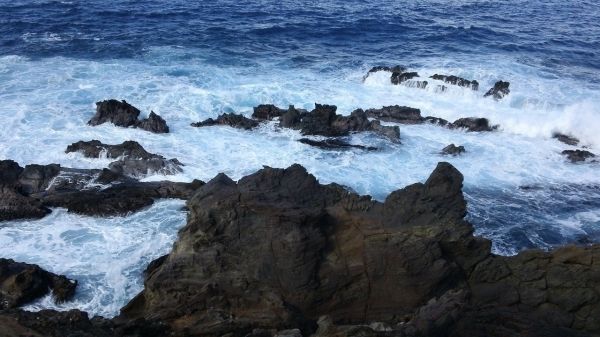The people of Easter Island appeared to drink directly from the sea, European explorers reported in the late 1700s. And today, you can see animals — most famously horses — do the same thing. What’s going on?
While surrounded by a vast ocean, fresh water is a scarce commodity on Rapa Nui, as the island is known to its native inhabitants. No rivers or streams cross its surface, and it sports only three small crater lakes that can dry up during periodic droughts.
Due to a quirk of geology, rainwater immediately sinks down through the porous bedrock, where it feeds an underground aquifer, explained Binghamton University’s Robert DiNapoli, a postdoctoral research associate in environmental studies and anthropology. That freshwater emerges at spots on the coastline known as coastal seeps.
“At some of these locations on the shoreline, there is so much water coming out (from the seeps) that it’s basically fresh. It’s somewhat salty, but not unpalatably salty,” DiNapoli said. “It’s just not the best-tasting water, basically.”
Continue reading at Binghamton University
Image via Binghamton University


